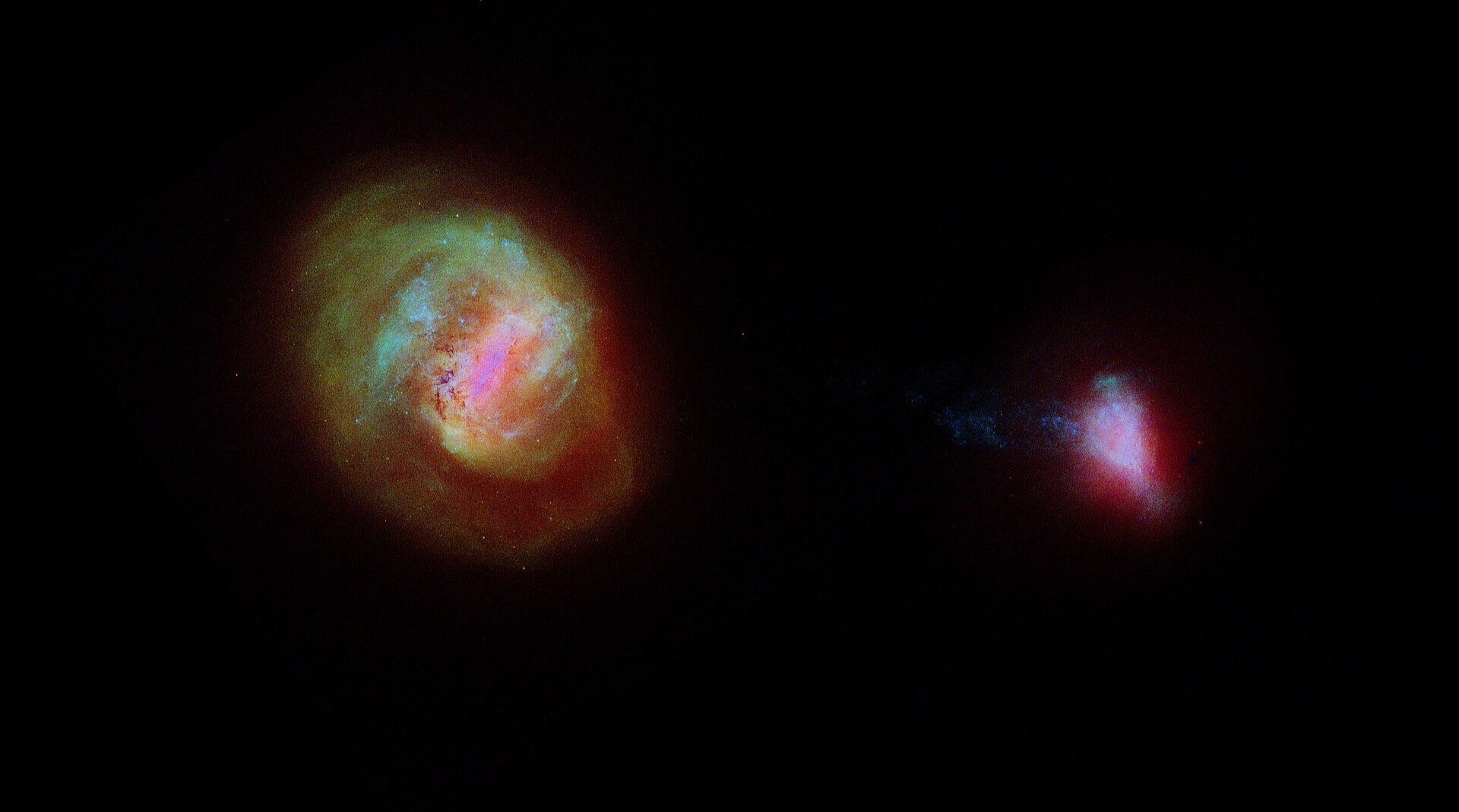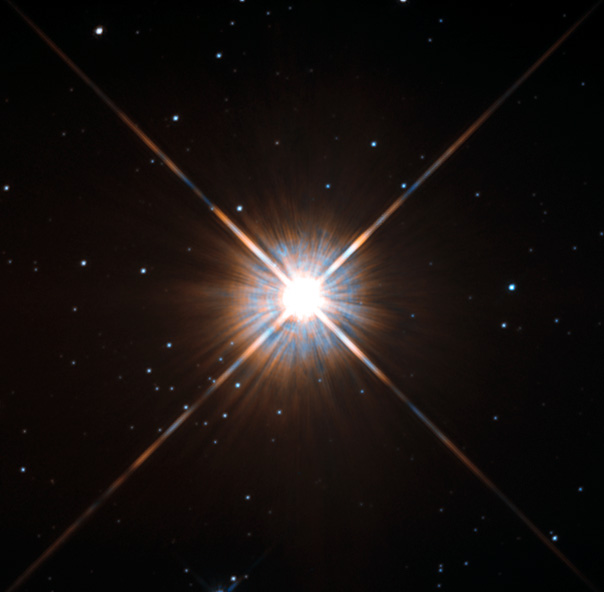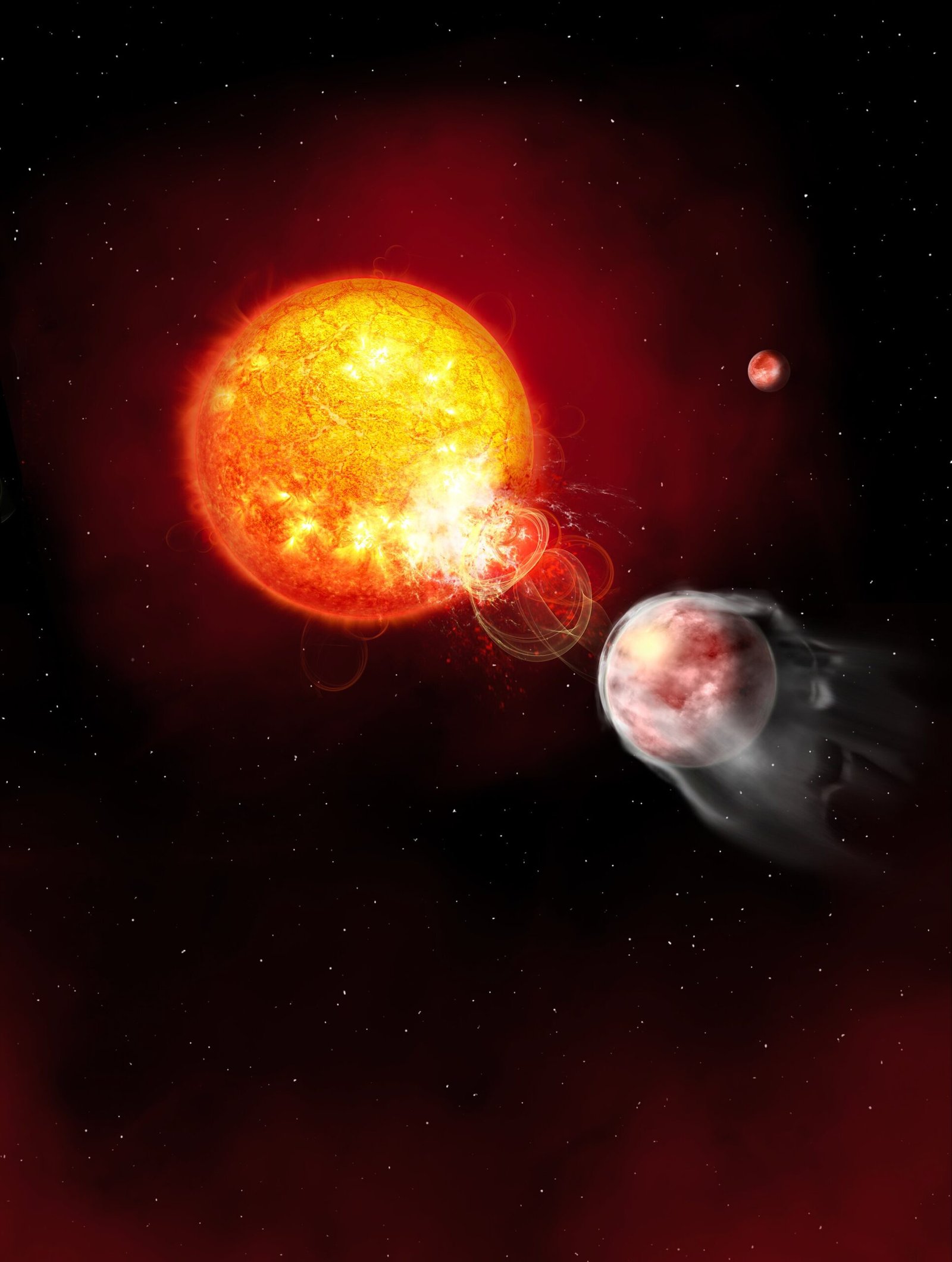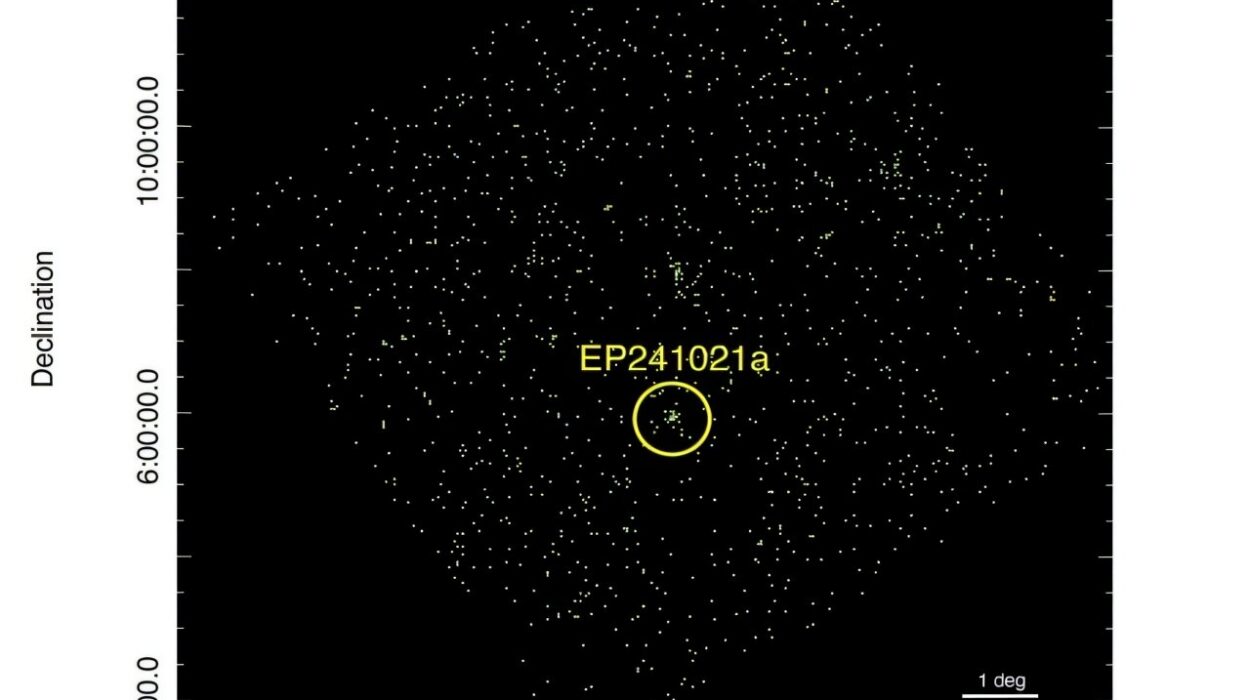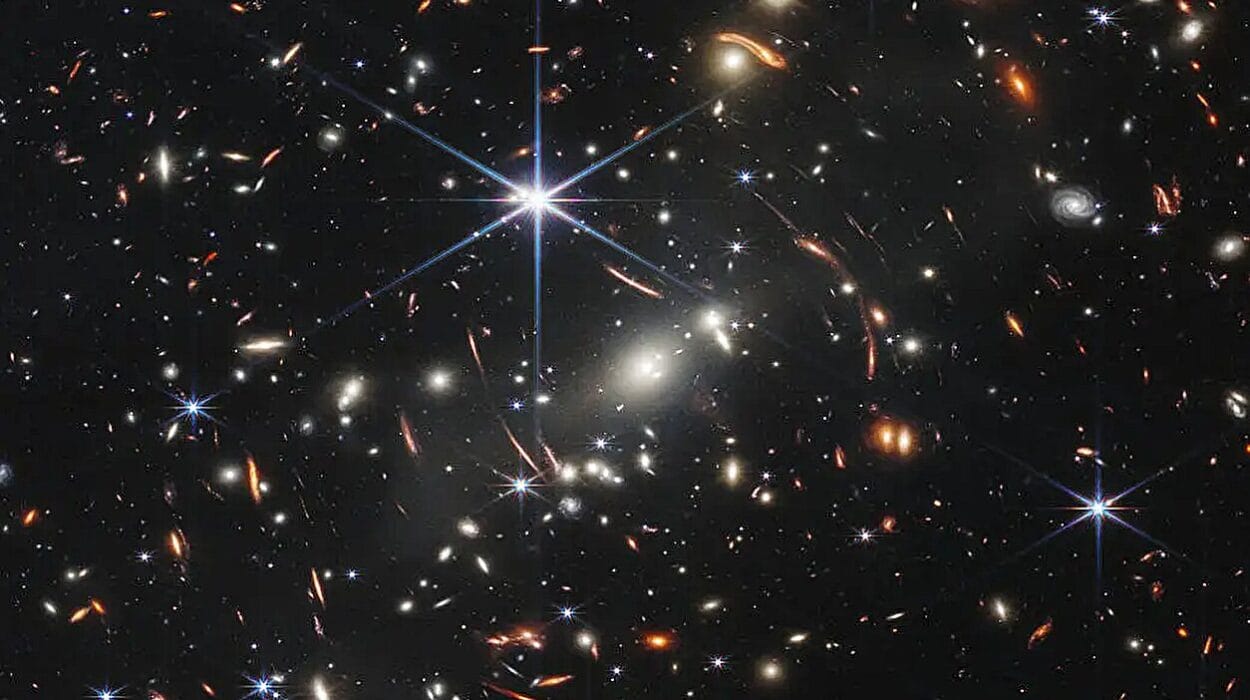In a corner of the southern sky, just beyond the reach of our unaided eyes, lies a seemingly unassuming smudge of starlight known as the Small Magellanic Cloud (SMC). To the casual observer, it might appear as little more than a dim patch in the dark expanse, but to astronomers, it is a luminous laboratory—one that has just yielded an extraordinary secret. Researchers at Nagoya University in Japan have made a breakthrough discovery about how stars move within the SMC, revealing not just motion, but a cosmic dance choreographed by unseen forces.
They have found that Cepheid variable stars—pulsing beacons that serve as cosmic yardsticks—are moving in two opposing directions along two distinct axes. This complex motion, more elaborate than previously imagined, hints at gravitational forces pulling the galaxy from multiple directions, stretching it like a starry ribbon caught between giants.
This celestial insight was published in the prestigious journal The Astrophysical Journal Letters, but its implications stretch far beyond the page. The discovery not only reshapes our understanding of the SMC, but it may also redefine how we view the interplay of galaxies in our cosmic neighborhood.
Cepheids: Rhythmic Beacons of the Cosmos
To grasp the significance of this discovery, one must first understand the role of Cepheid variable stars. Discovered over a century ago by Henrietta Swan Leavitt, these stars are not just dazzling points of light—they pulse rhythmically, expanding and contracting like beating hearts. This rhythmic change in brightness is not random; it is directly linked to their intrinsic luminosity.
Astronomers use Cepheids as standard candles—objects whose true brightness is known—allowing them to calculate distances with extraordinary accuracy. When you know how bright something truly is and how dim it appears, the difference reveals its distance. This method has become a cornerstone of cosmic distance measurement.
The Nagoya University team, led by Ph.D. student Satoya Nakano and guided by Dr. Kengo Tachihara, capitalized on this unique trait. Using the precise data provided by the European Space Agency’s Gaia satellite, they analyzed the distances and motions of over 4,200 Cepheid variable stars within the SMC. What they found was stunning.
A Galaxy in Motion, Revealed in Depth
Previous studies of stellar motion within the SMC had one major limitation—they treated all stars as if they were at the same distance from Earth. This simplification arose from the challenge of measuring individual distances, especially in galaxies nearly 200,000 light-years away. But Gaia changed the game.
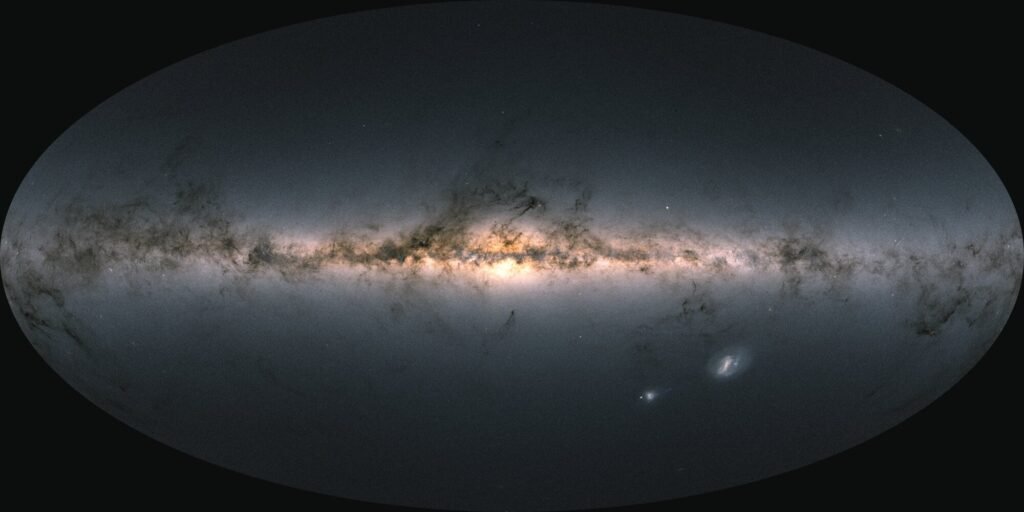

By incorporating individual distance measurements, Nakano and his team could detect three-dimensional motion across space. They found that stars closer to us were moving northeast, while those farther away were drifting southwest. This directional divergence was unexpected and entirely unprecedented.
But the revelation didn’t stop there.
The SMC had previously been shown to have a movement along a northwest-southeast axis, particularly among its massive stars. Now, there was a second, perpendicular movement among Cepheids. Together, these opposing flows formed a dynamic, multidirectional pattern that defied the notion of a calm, orderly galaxy.
The SMC wasn’t just being pulled—it was being pulled apart.
Gravitational Puppeteers: LMC and the Unknown
What could cause a galaxy to stretch in two different directions? The answer lies in the company it keeps. The SMC is not drifting alone through the cosmos. It travels alongside a larger and more massive companion—the Large Magellanic Cloud (LMC)—with which it shares a gravitational bond. The two are like dancers tethered together, circling one another in a centuries-long waltz.
The LMC has long been suspected of influencing the SMC, distorting its shape and tugging at its stars through gravitational attraction. Indeed, a previous study by the same research group at Nagoya University confirmed that the LMC’s gravitational pull was stretching the SMC along one axis.
But now, the new Cepheid data suggest a second axis of distortion. This implies that another force—something different, perhaps more mysterious—is also acting upon the SMC. Could it be the gravitational influence of our own Milky Way? Or perhaps the residue of a past galactic collision?
“There is also a possibility that the gravitational influence from our own Milky Way or the effects from a past close encounter between the two Magellanic Clouds contribute to the stretching of the SMC,” noted Dr. Tachihara.
The new findings paint a picture of the SMC as a galaxy caught in a gravitational tug-of-war, its stars pulled in opposing directions by cosmic forces that span hundreds of thousands of light-years.
A Galaxy That Doesn’t Spin
Perhaps even more intriguing is what the study did not find. Galaxies are generally expected to rotate. From elegant spirals like the Milky Way to more irregular ones, rotation is a standard characteristic of how stars within a galaxy move. But the SMC, according to the data, does not rotate—at least not in any traditional sense.
This non-rotational dynamic makes the SMC an oddball among galaxies. Without rotational momentum, its structure is more vulnerable to external forces. It lacks the cohesive spinning disk that helps spiral galaxies maintain their shape.
This finding challenges long-standing assumptions about the SMC’s dynamics. Its irregular shape and lack of rotation suggest that its current form is not the result of isolated evolution, but rather of continuous and complex gravitational interactions.
“Our discovery challenges previous theories of the galaxy’s structure and dynamics. We need to rethink how the SMC, LMC, and the Milky Way interact. New simulations that consider the SMC’s non-rotating nature are needed to understand these complex relationships,” explained Nakano.
A New Paradigm in Galactic Studies
This research marks a turning point in how astronomers study galactic dynamics. It underscores the importance of incorporating precise distance measurements when analyzing stellar motion. For too long, assumptions about uniform distances introduced errors in modeling how galaxies move and evolve.
Thanks to Gaia, astronomers now have the tools to probe the three-dimensional structures of galaxies with remarkable fidelity. This is not just a step forward—it’s a leap.
By revealing the multidirectional motions within the SMC, the Nagoya University team has shown that galaxies are more than just collections of stars. They are dynamic systems shaped by past encounters, current companions, and the relentless pull of gravity.
The Legacy of Interactions
The story of the SMC is not one of isolation, but of relationship. Its structure and behavior are shaped by interactions—both seen and unseen. The gravitational influence of the LMC is evident in the stretching of stars. But what of the mysterious second axis?
One theory is that a past close encounter between the SMC and LMC set off oscillations that are still rippling through the galaxy. Another possibility is that the Milky Way’s gravitational tides—subtle but persistent—are deforming the SMC from another direction.
These hypotheses are not mutually exclusive. In the vast, intergalactic theater, the SMC could be responding to multiple forces simultaneously, like a puppet on several strings. The result is a galaxy that is being slowly unraveled, reshaped by interactions that began millions of years ago.
Looking Forward: Simulations and Beyond
What comes next? The team’s findings provide a roadmap for future research. To truly understand the SMC’s complex motions, astronomers will need to create new simulations that factor in its lack of rotation and the dual-axis stretching.
These simulations could illuminate not only the history of the Magellanic Clouds but also provide clues to the future. Will the SMC eventually merge with the LMC? Could both be assimilated into the Milky Way, as some models suggest? Or will they continue their galactic ballet, influencing each other while maintaining their identities?
Answering these questions requires a combination of observation and theory. More data from Gaia and next-generation telescopes will help map the stars with even greater precision. Meanwhile, computational astrophysicists will refine models of galactic interaction, incorporating the new variables discovered in this study.
Implications for Cosmic Evolution
The significance of this discovery extends beyond the SMC. It provides a case study in how galaxies evolve—not just through internal processes, but through interaction and entanglement with their neighbors.
Galaxies are not isolated islands in the universe. They are part of a cosmic ecosystem, subject to the push and pull of gravity, the trauma of collisions, and the quiet influence of nearby masses. The SMC is a microcosm of these dynamics, a living testament to the forces that sculpt the universe.
By understanding its movements, astronomers gain insight into the broader story of galaxy formation and transformation. The lessons learned from the SMC could apply to other irregular galaxies and even inform our understanding of how the Milky Way has been shaped by its past companions.
A Galaxy Tells Its Story
The stars within the SMC are not silent. Through their motion, they tell a story—of gravity, of history, of connection. Thanks to the work of Satoya Nakano, Dr. Kengo Tachihara, and their colleagues at Nagoya University, we can now begin to listen more carefully.
This story is not over. It is written across time and space, unfolding with each new observation, each refined simulation. As astronomers continue to decode the movements of stars, they are not merely charting the heavens—they are uncovering the deep narratives that bind galaxies together.
In the end, the Small Magellanic Cloud is no longer just a minor satellite galaxy. It is a witness to cosmic drama, a participant in gravitational games that stretch the imagination. And now, thanks to the pulsating signals of Cepheid variables, it is speaking louder than ever.
Reference: Dual Directional Expansion of Classical Cepheids in the Small Magellanic Cloud Revealed by Gaia DR3, The Astrophysical Journal Letters (2025). DOI: 10.3847/2041-8213/adce0b
